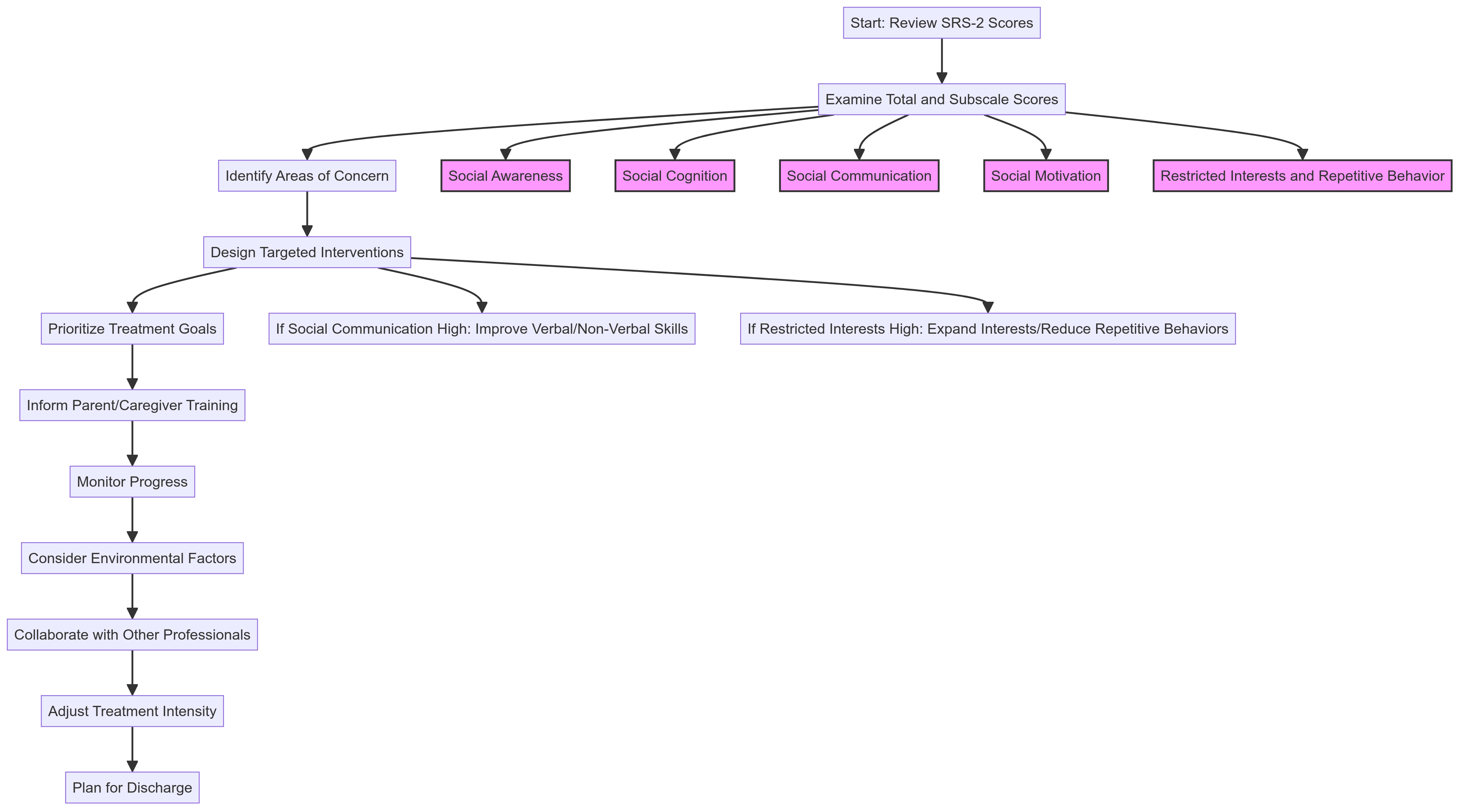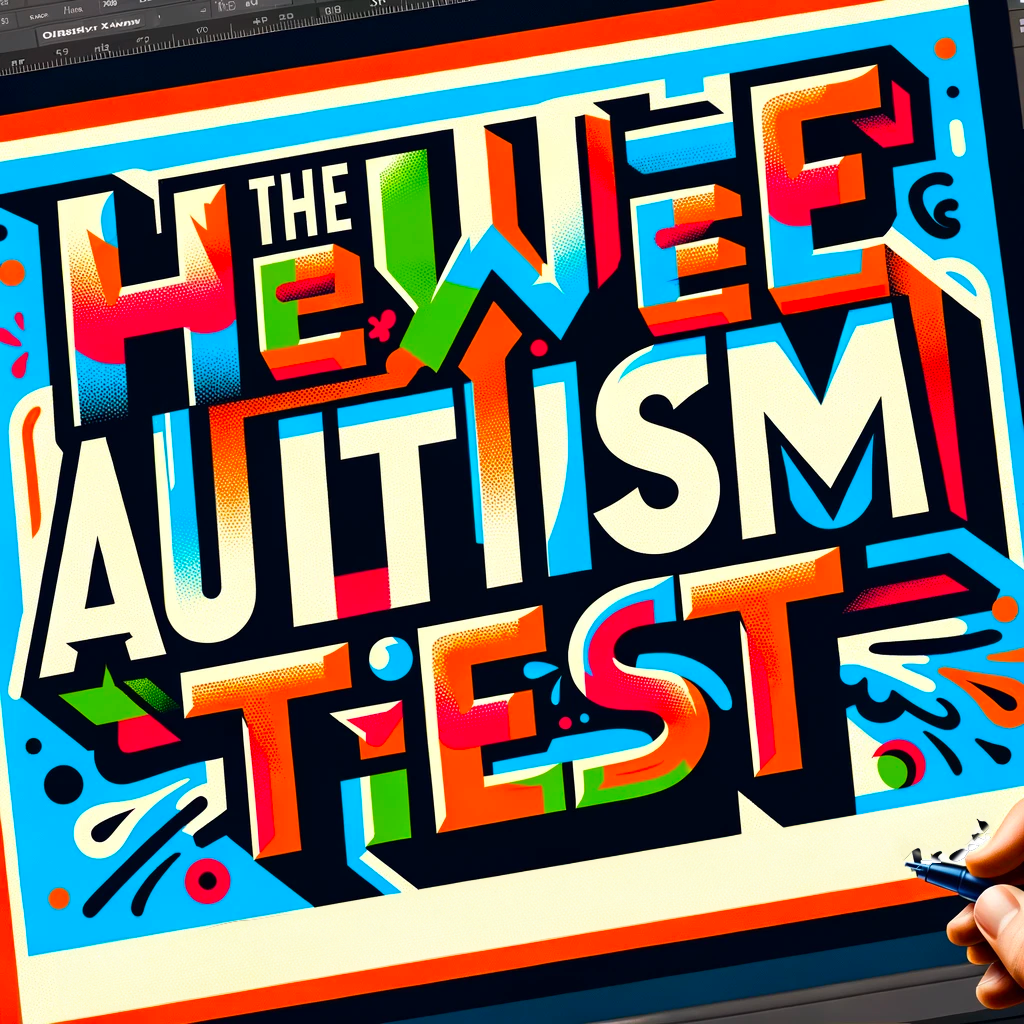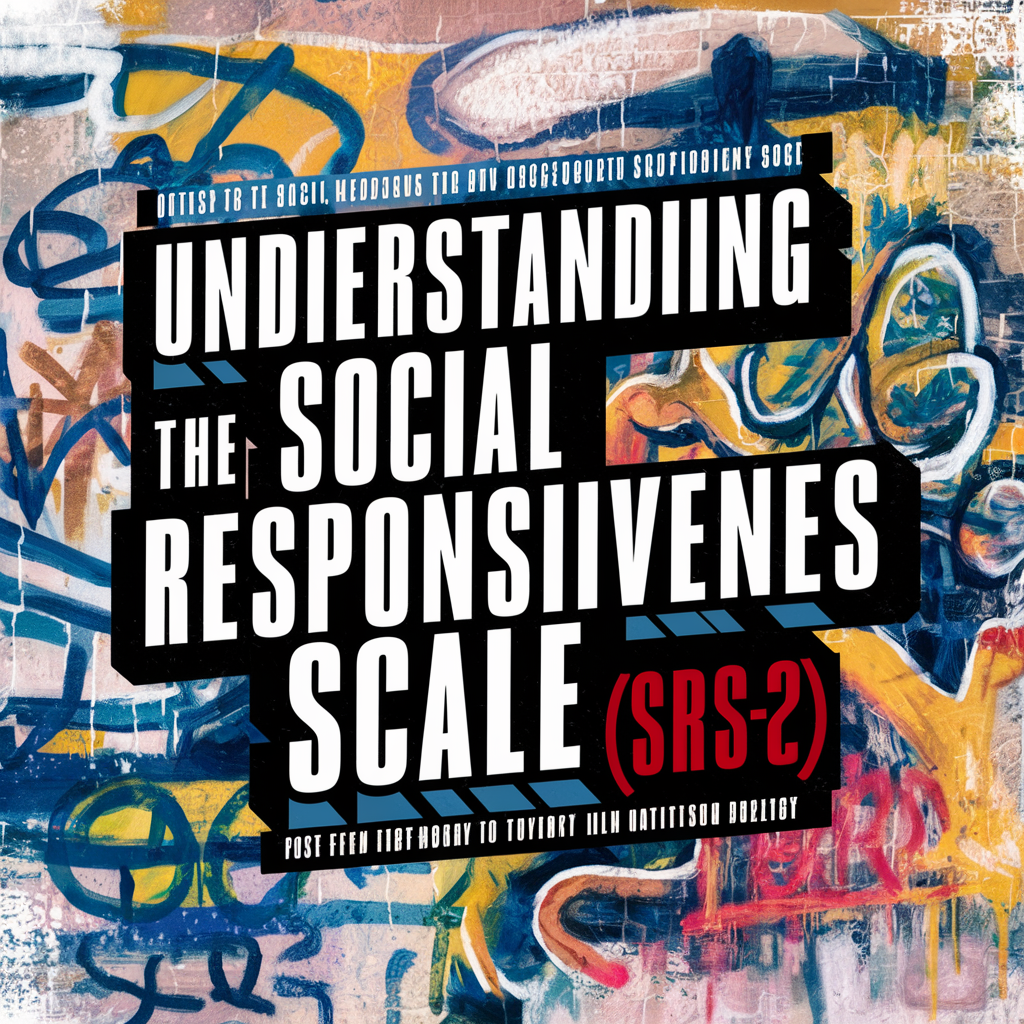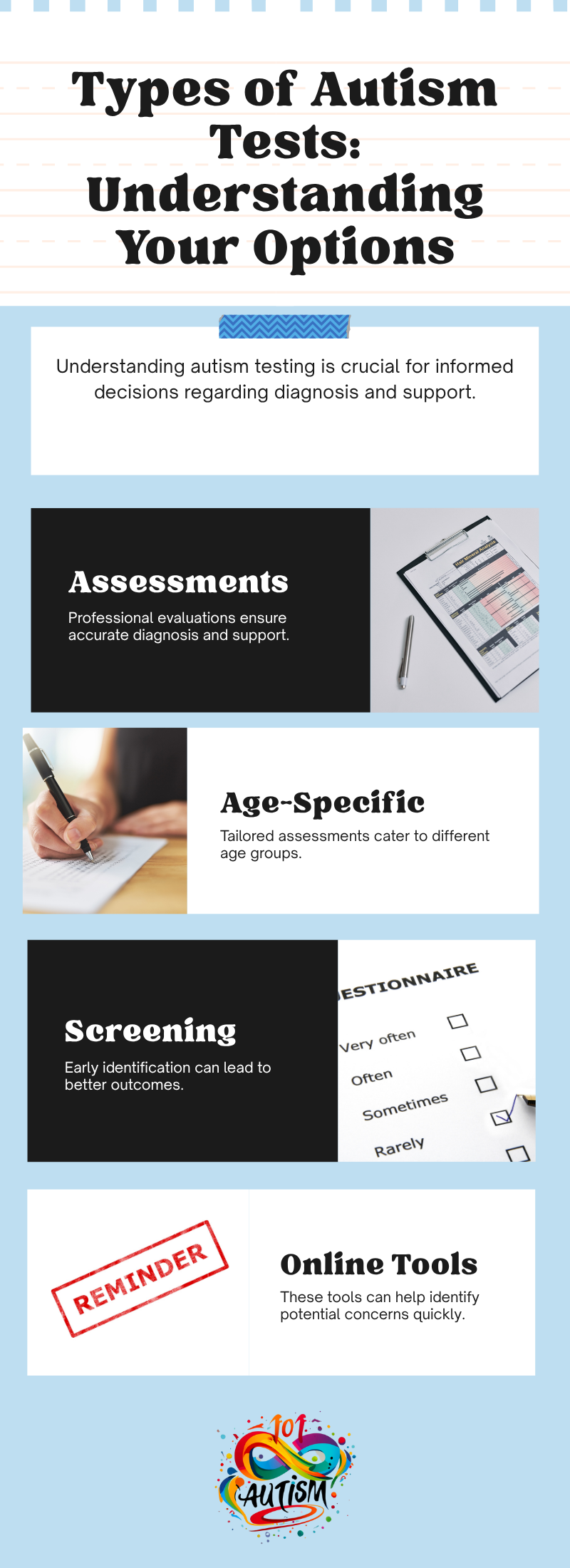Utilizing SRS-2 Scores for Individualized Autism Interventions
To use the SRS-2 scores to guide interventions, follow these steps:
- Review the Total Score and Subscale Scores:
Examine the overall T-score and the individual T-scores for each of the five treatment subscales:
- Social Awareness
- Social Cognition
- Social Communication
- Social Motivation
- Restricted Interests and Repetitive Behavior
- Identify Areas of Concern:
Focus on subscales with higher T-scores, as these indicate areas of greater difficulty. Remember that T-scores of 60-65 indicate mild impairment, 66-75 moderate impairment, and ≥76 severe impairment. - Design Targeted Interventions:
Develop specific interventions that address the areas of greatest need. For example:
- If Social Communication scores are high, improve verbal and non-verbal communication skills.
- If Restricted Interests and Repetitive Behavior scores are elevated, work on expanding interests and reducing repetitive behaviors.
- Prioritize Treatment Goals:
Use the subscale scores to prioritize treatment goals. Address the most impaired areas first while maintaining a balanced approach to overall social functioning. - Inform Parent/Caregiver Training:
Use the subscale information to guide parent/caregiver training, focusing on strategies to support the child in areas of greatest need. - Monitor Progress:
Regularly reassess using the SRS-2 to track changes in scores over time. This helps evaluate the effectiveness of interventions and informs necessary adjustments to the treatment plan. - Consider Environmental Factors:
When interpreting scores and planning interventions, consider the child’s environment and how it may impact their social responsiveness. - Collaborate with Other Professionals:
Share SRS-2 results with other professionals involved in the child’s care to ensure a coordinated approach to intervention. - Adjust Treatment Intensity:
Use the scores to determine if treatment intensity needs to be increased or decreased in specific areas. For example, higher scores may indicate a need for more intensive intervention in that domain. - Plan for Discharge:
As scores improve and approach the normal range (T-scores ≤59), begin to consider and plan for potential discharge from specific interventions or overall treatment.

Remember that while the SRS-2 scores are valuable for guiding interventions, they should be used with clinical judgment and other assessment tools. The goal is to create a comprehensive, individualized treatment plan that addresses the unique needs of each person with autism spectrum disorder or social impairment.
The HeyWise Autism Test: Is It a Valid Screener for ASD? (2025 Review)

Autism spectrum disorder (ASD) is characterized by social challenges, repetitive behaviors, and communication issues. The Heywise Autism Test, an online assessment for adults, screens for ASD using 58 questions and provides instant results. Offering a 97% accuracy rate, it evaluates social skills, repetitive behaviors, and development history. It’s free, quick, and designed by experts. While…
Common Mistakes in SRS-2 Scoring (and How to Avoid Them)

If you have just received SRS-2 results for your child or yourself, it is completely normal to feel a mix of relief and panic. The T-scores, subscales, and cut-offs can look like a secret...
Comparison of Autism Assessment Tools

Tool Type Age Range Administration Time Administrator Format Key Features Strengths Limitations Diagnostic Value ADOS-2 (Autism Diagnostic Observation Schedule, 2nd Edition) Observational assessment All ages (includes modules for different developmental levels) 30-60 minutes Trained...





